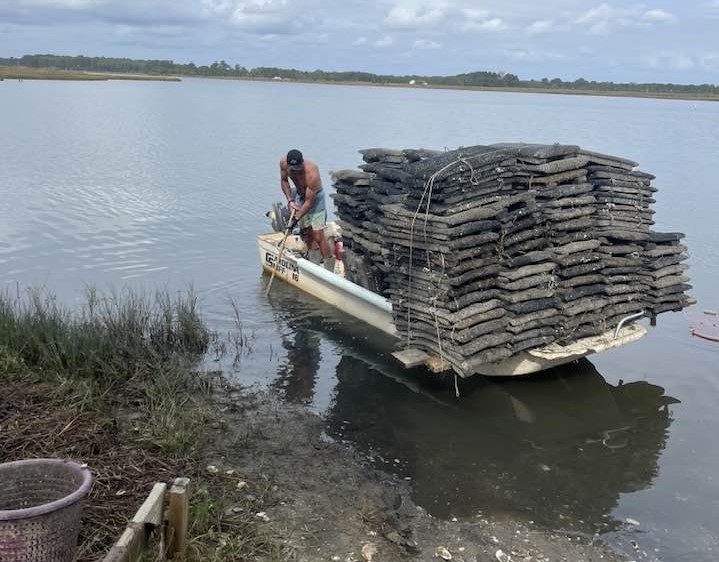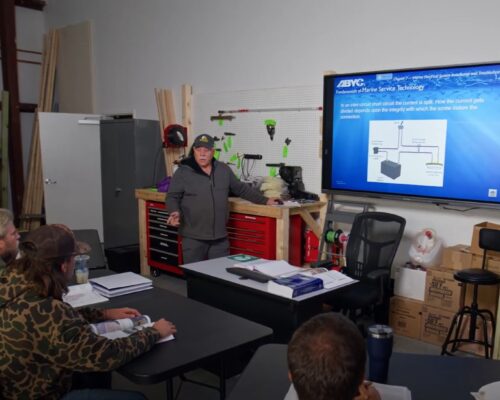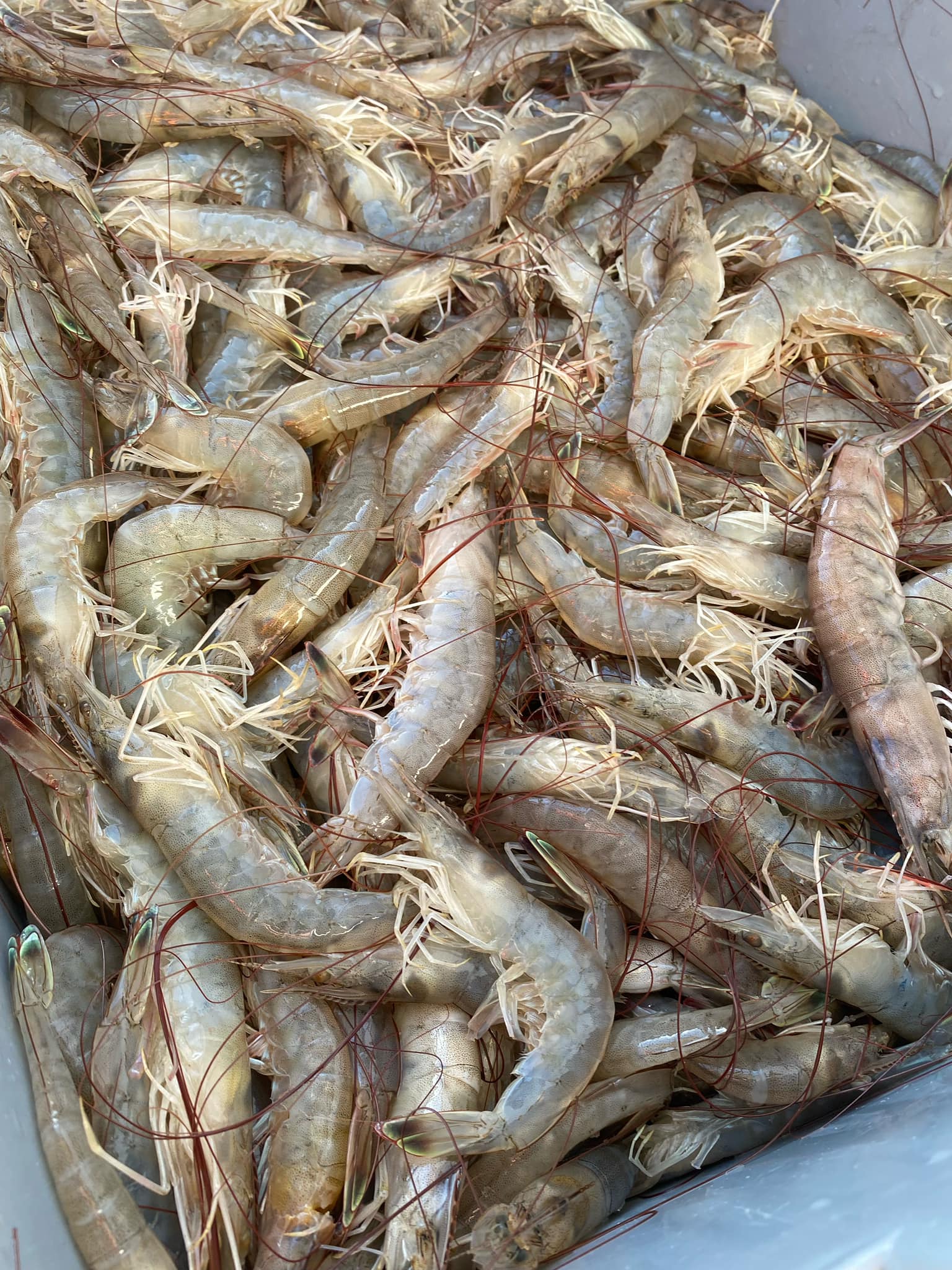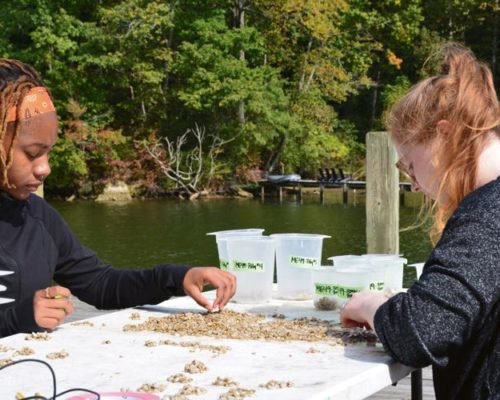Scientists in the Virginia section of the Chesapeake Bay are studying a troublesome oyster trend.
Yes—Virginia’s farm-grown oysters are still delicious and safe to eat. No, there’s nothing wrong with the ones sold in seafood stores and farmers’ markets. The Virginia Health Department monitors them carefully. And the state’s oyster industry is still the most productive on the East Coast.
However, a mysterious new problem dubbed Sudden Unexplained Mortality Syndrome (SUMS) has been bothering both aquaculturists and research scientists on the Atlantic, Gulf of Mexico, and West coasts for the last decade. In the hazardous process of raising oysters from larva to market-sized, there is always some natural mortality.
But something else seems to be happening. Bruce Vogt, President of Gloucester’s Big Island Aquaculture, described the problem this way: “It started around 2015 and has increased steadily. In our business planning, we used to project 30 percent mortality in the growout process, but we’ve had to increase it to 50 percent. It doesn’t threaten our operation—yet—but it certainly limits business growth and investment in equipment. It’s an insidious process over several years, with higher mortality in the spring and summer.”
Last winter, shellfish biologists at the Virginia Institute of Marine Science (VIMS) convened a group of aquaculture experts from eight universities around the coasts to share their experiences, draw some general conclusions about the syndrome, focus on specific research priorities, and lay out next steps. Last week, VIMS issued a six-page report on the workshop.
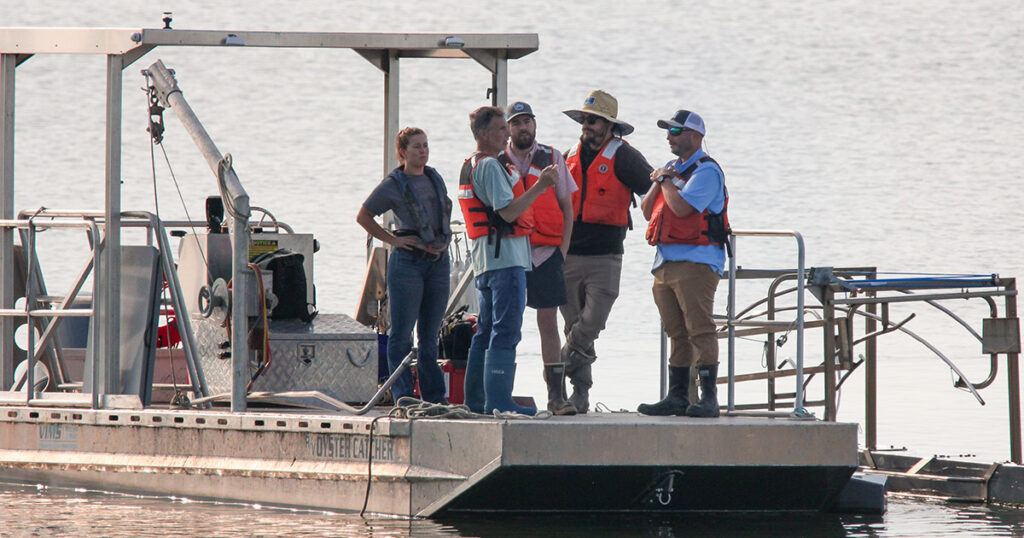
This problem is being referred to as a syndrome because of the combination of factors that seem to cause it. Instead of one obvious pathogen like the dermo and MSX parasites, SUMS appears to come from a mix of stress factors that together weaken an oyster enough for an otherwise nonlethal challenge to kill it. Such combinations of stress are particularly difficult to diagnose, requiring data on everything from environmental conditions like water temperature, dissolved oxygen, numbers of oysters growing together, and more, to oyster genetics and physiology of organs. Analyzing such problems requires close cooperation between researchers and growers.
Virginia has more than a century of history in leasing sections of bottom in the Bay and its rivers for private growers to spread seed oysters for growout. Farming oysters in confined conditions like bags and racks, however, is relatively new. Multiple Best Management Practices can make oyster farming more efficient, but confining shellfish together can lead to problems. There is still a lot to learn.
As the VIMS report notes, the meeting closed with the group forming a collaborative network focused on SUMS. The first step is to gather information from growers about the extent and frequency of SUMS events. The second is to analyze genetic samples from both dead oysters and survivors. The scientists will also evaluate the success of specific oyster seed genetic lines in different environments and culture settings.
Another initiative will study relationships between algae species in oysters’ diets, environmental stress, and mortality. A fifth group will place wild-caught spat into intensive culture to learn if they become susceptible to SUMS in those conditions.
Finally, several researchers will, on a small scale, explore “hardening” larvae: exposing them to sudden changes in temperature and salinity to see if that experience helps them survive changing environmental conditions later as they grow.
Vogt hopes that doing everything he can to help researchers may benefit him and his fellow oyster farmers. “I don’t want to be negative, but I am realistic. It would be hard to continue operating if the losses keep increasing. So, I want to do whatever I can to support the scientists trying to solve this,” he said.

